Articles
The History and Evolution of Car Headlights: From Oil Lamps to Modern LED and Laser Systems

Discover the evolution of car headlights, from 19th-century oil lamps to advanced LED and laser technology used by BMW and Audi. Explore how lighting innovations shape driving safety and comfort.
When we turn on our car headlights at night, it’s such a routine action that we rarely think about their significance. Yet, the journey from oil lamps to today’s intelligent lighting systems is as remarkable as the evolution of cars themselves. This transformation not only made driving safer but also redefined how we experience nighttime roads.
From Flames to Electric Light
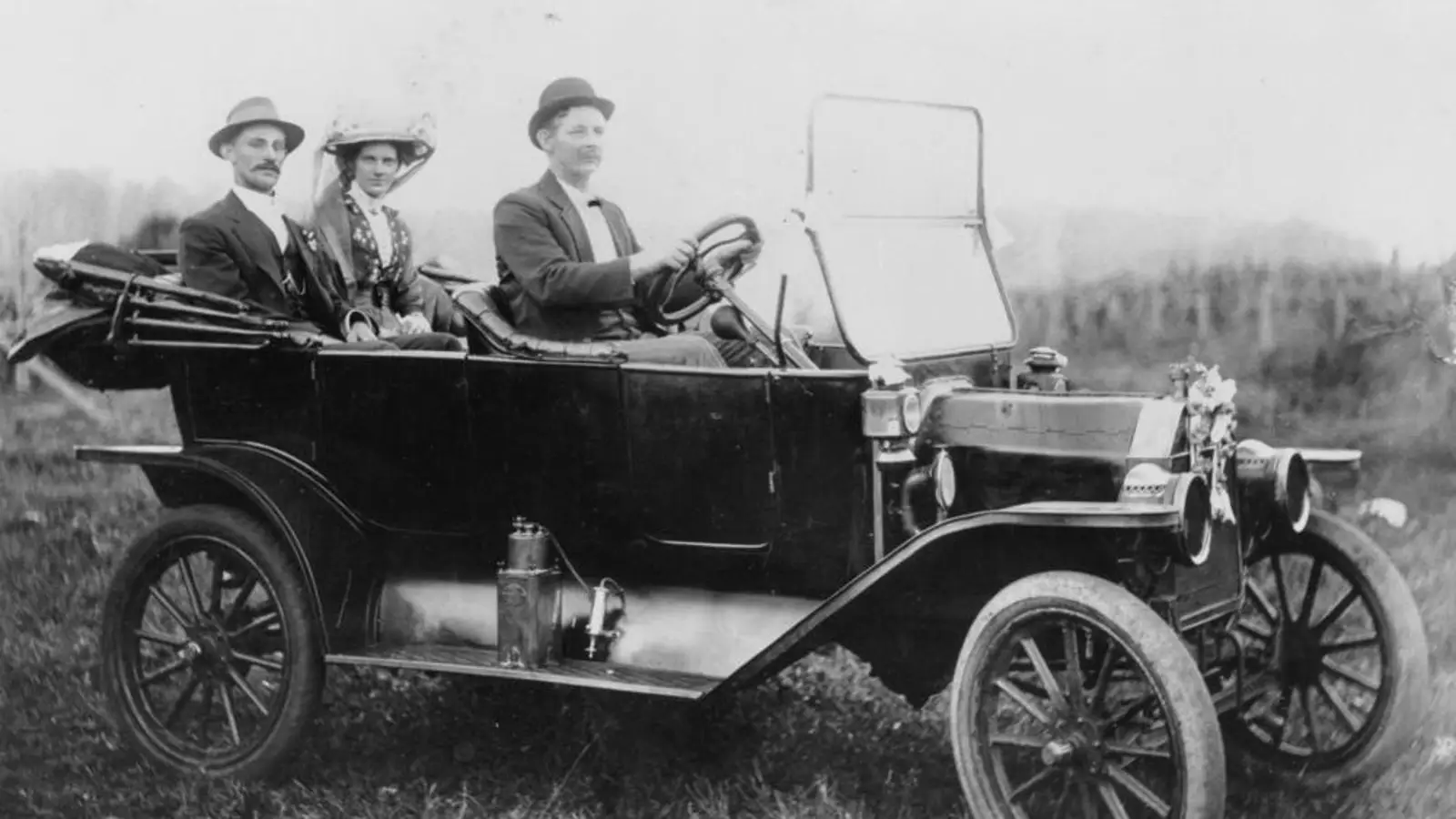
In the late 19th century, early automobiles used oil and acetylene lamps to light the way. Acetylene lamps, in particular, became popular because they provided bright, stable light and withstood rain and wind. However, they required constant maintenance and refueling, making them inconvenient.
The introduction of electric headlights in 1898 was a breakthrough. The Columbia Electric Car became the first production vehicle equipped with electric lamps. Yet, this early technology had its flaws: bulbs burned out quickly, and generators often struggled to produce enough power.
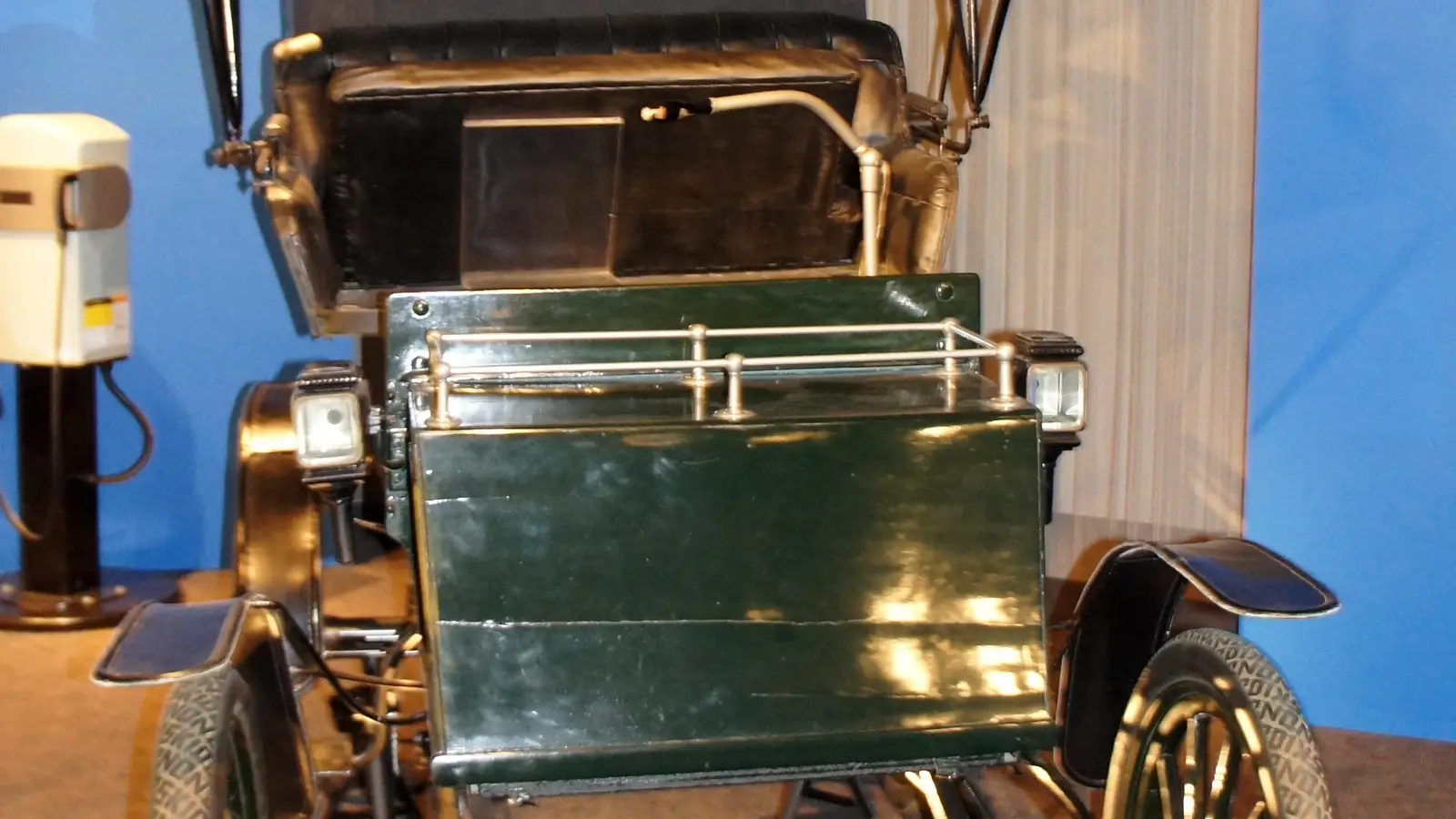
Standardization and the Halogen Revolution
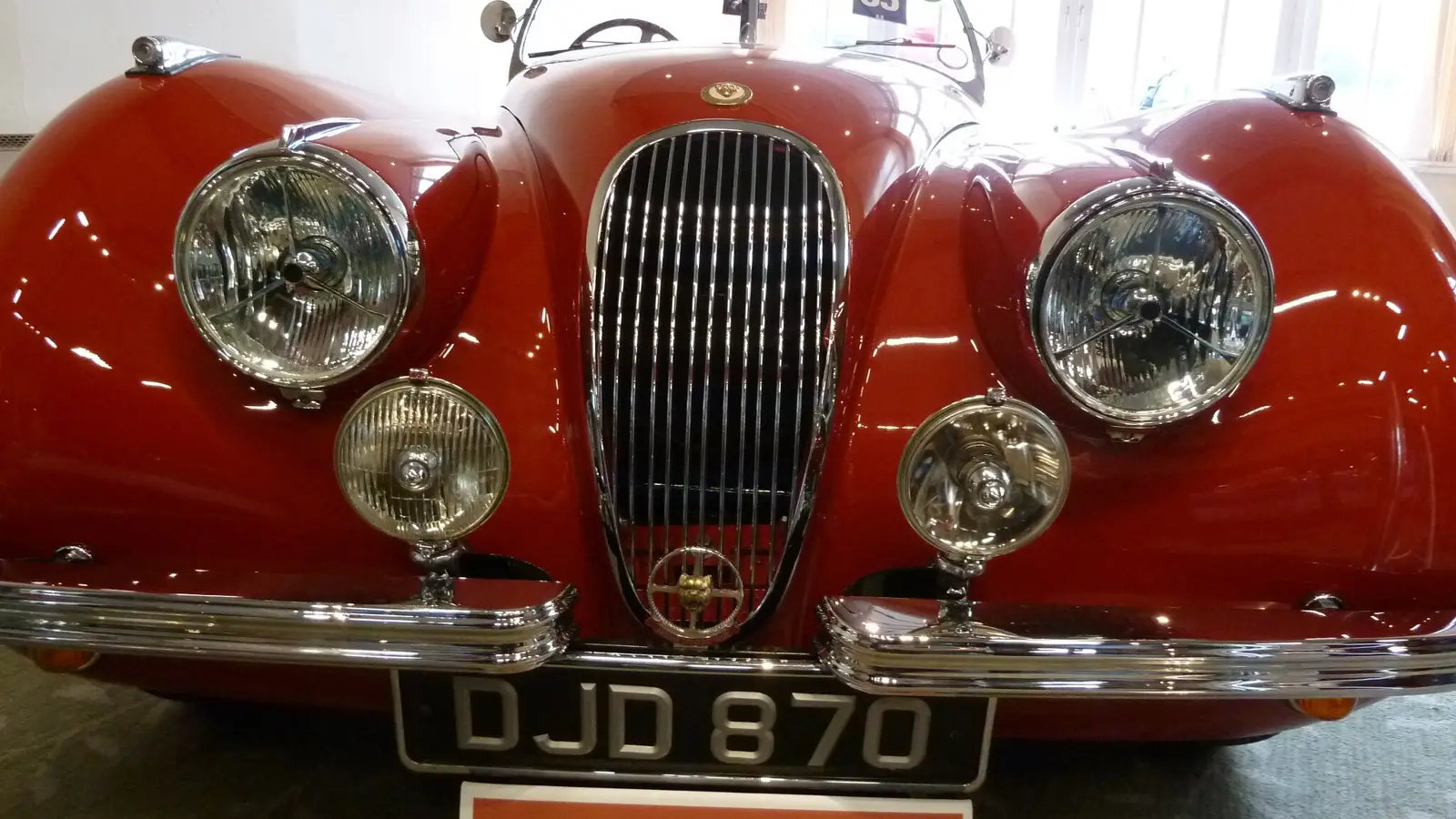
In 1936, sealed-beam headlights were introduced, becoming mandatory in the United States by 1940. These all-in-one units, combining the bulb, reflector, and lens, made vehicle lighting more reliable and consistent.
The next major leap came in Europe in 1960 with the advent of halogen lamps. They provided brighter light with lower energy consumption and had a much longer lifespan. Halogen headlights quickly gained popularity and remained the standard for decades.
Xenon, LED, and Laser: Modern Lighting
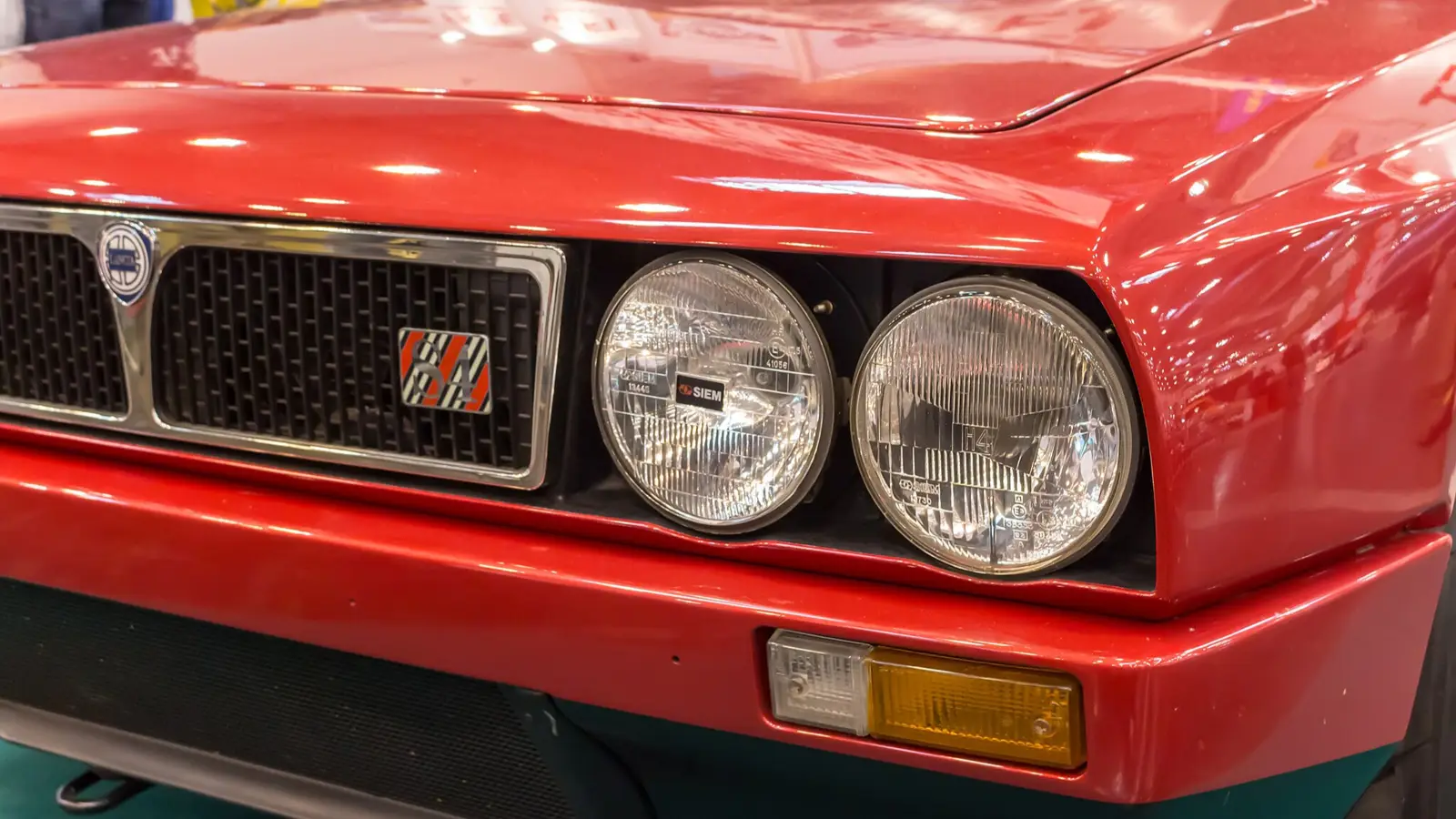
The 1990s brought xenon (HID) headlights, which emitted a more powerful, cooler light. Their bluish tint improved visibility and made cars more noticeable on the road. However, their high cost and the glare they caused for oncoming drivers limited widespread adoption.
LED headlights, introduced in the 2000s, combined brightness, energy efficiency, and longevity. Their compact size allowed designers to create sleek, narrow headlight units that became a hallmark of modern car aesthetics. Today, LED systems are common even in budget-friendly models.
Another milestone in recent years is laser lighting. With beams capable of illuminating hundreds of meters ahead, laser headlights offer unmatched range and clarity. First used by BMW and Audi, this technology remains expensive, limiting its presence to premium vehicles.
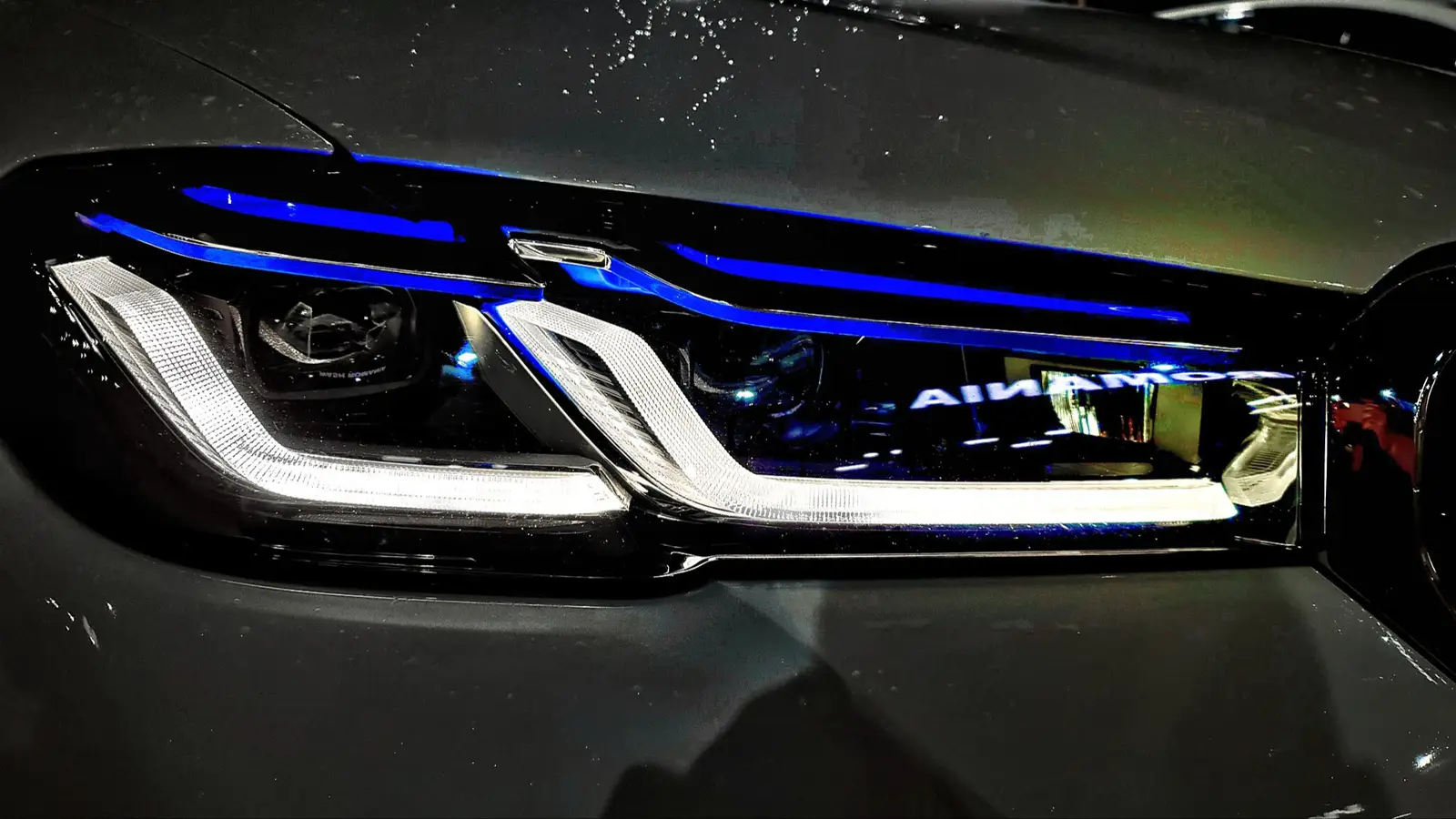
Intelligent Lighting and Future Challenges
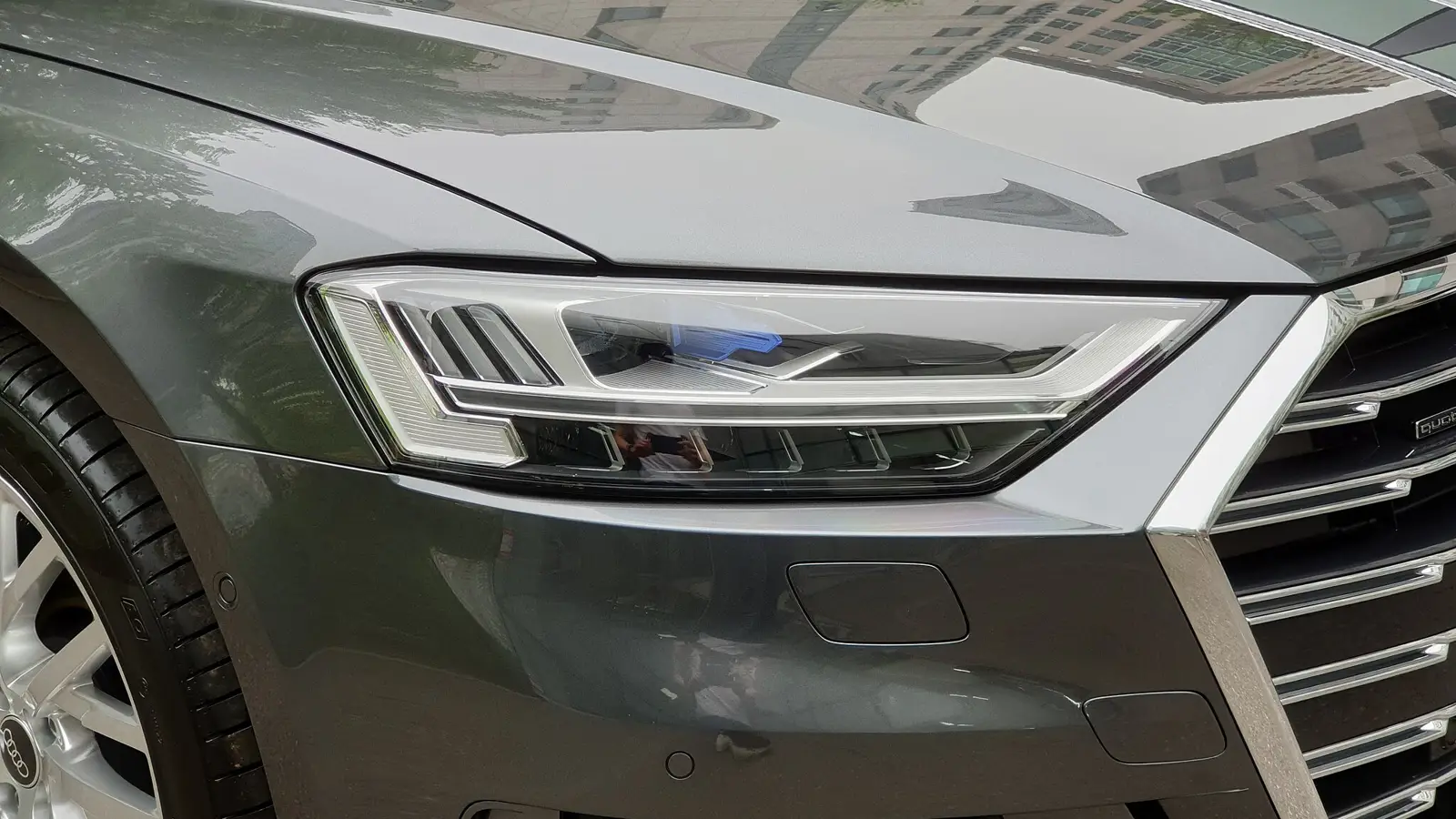
Modern headlights are more than just light sources. Adaptive lighting systems can adjust the direction and intensity of light based on vehicle speed, steering angle, and road conditions. For example, matrix LED headlights, used by brands like Audi and Mercedes-Benz, can selectively dim specific areas of light to prevent dazzling other drivers.
However, new technologies bring new challenges. LED headlights, in particular, sometimes produce light that’s too intense, causing discomfort for oncoming drivers. In the UK, this issue has sparked discussions at the governmental level. Moving forward, manufacturers are likely to focus on creating systems that strike the perfect balance between brightness and comfort for all road users.
The history of car headlights is more than a timeline of technological advancements — it’s a journey that has made nighttime roads less daunting and more welcoming. From the warm flicker of acetylene lamps to the cool precision of laser beams, each innovation has given drivers greater confidence and freedom. Today, we can travel through the night with clarity and ease, as if the darkness itself has been lifted. Yet, the future promises even more: headlights that not only illuminate the road but also "understand" it, communicating with other vehicles to make driving safer and more comfortable. After all, light in the dark is about more than just visibility — it’s about the sense of reassurance it brings to each of us.
2025, Feb 19 17:06


